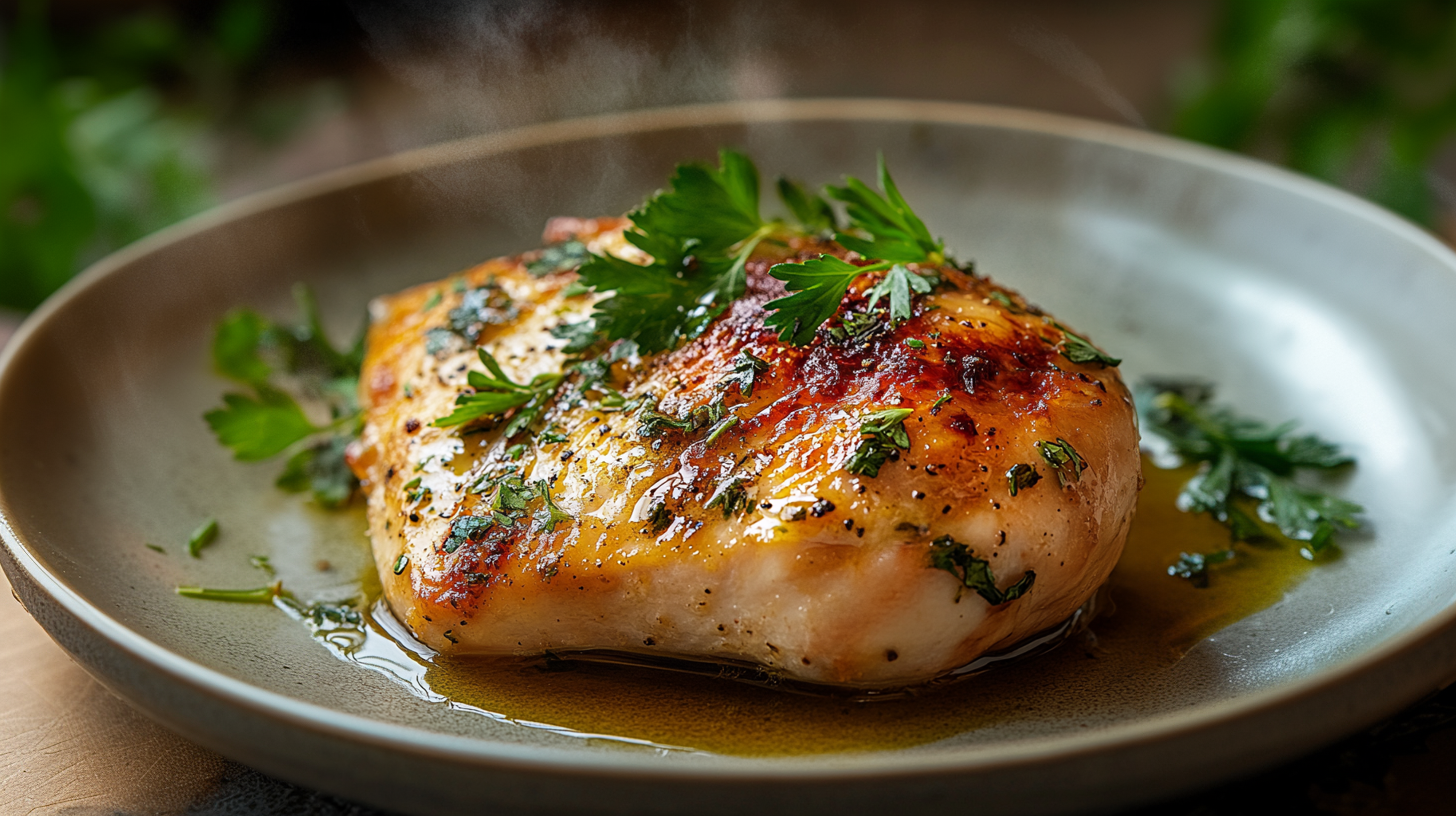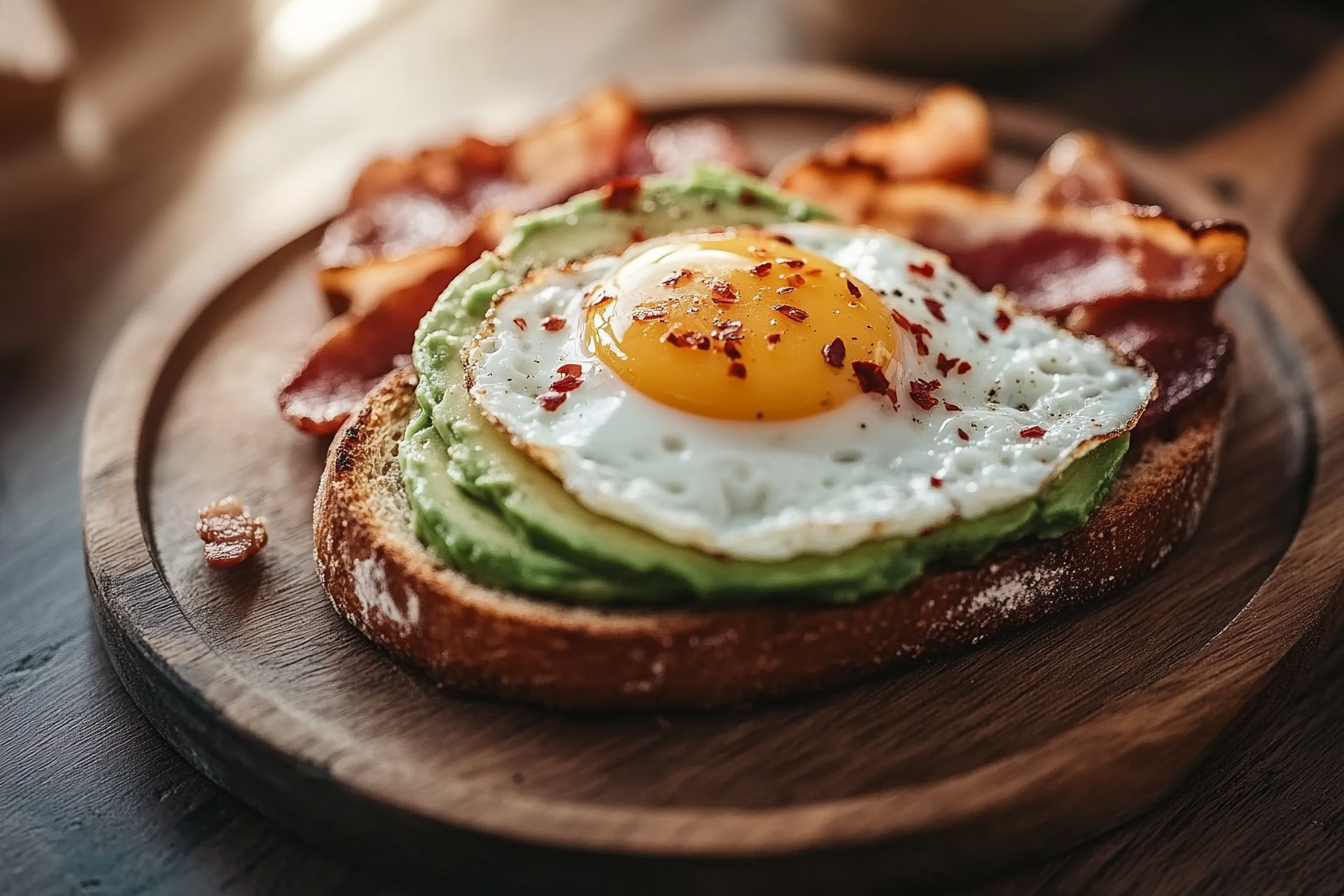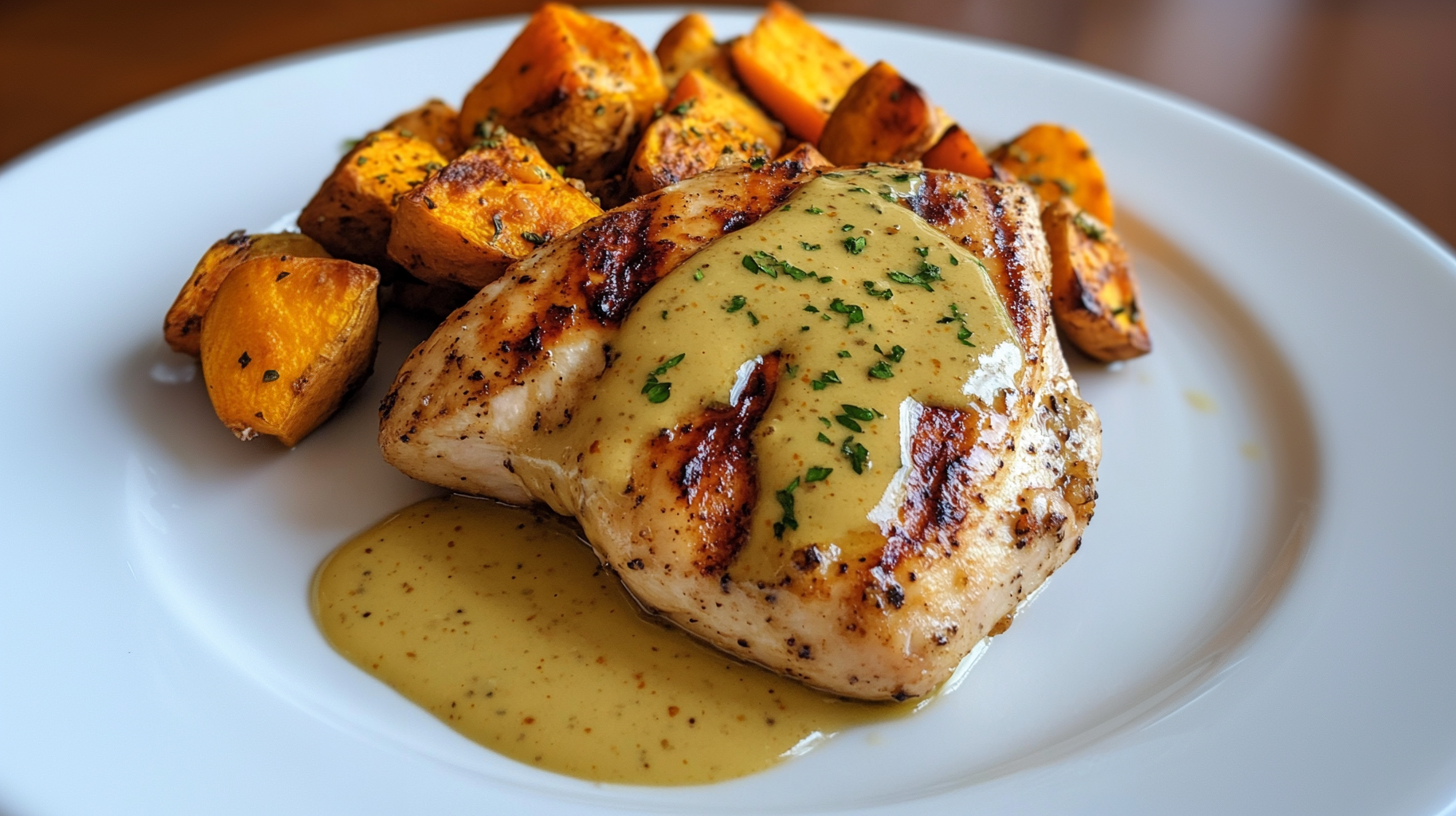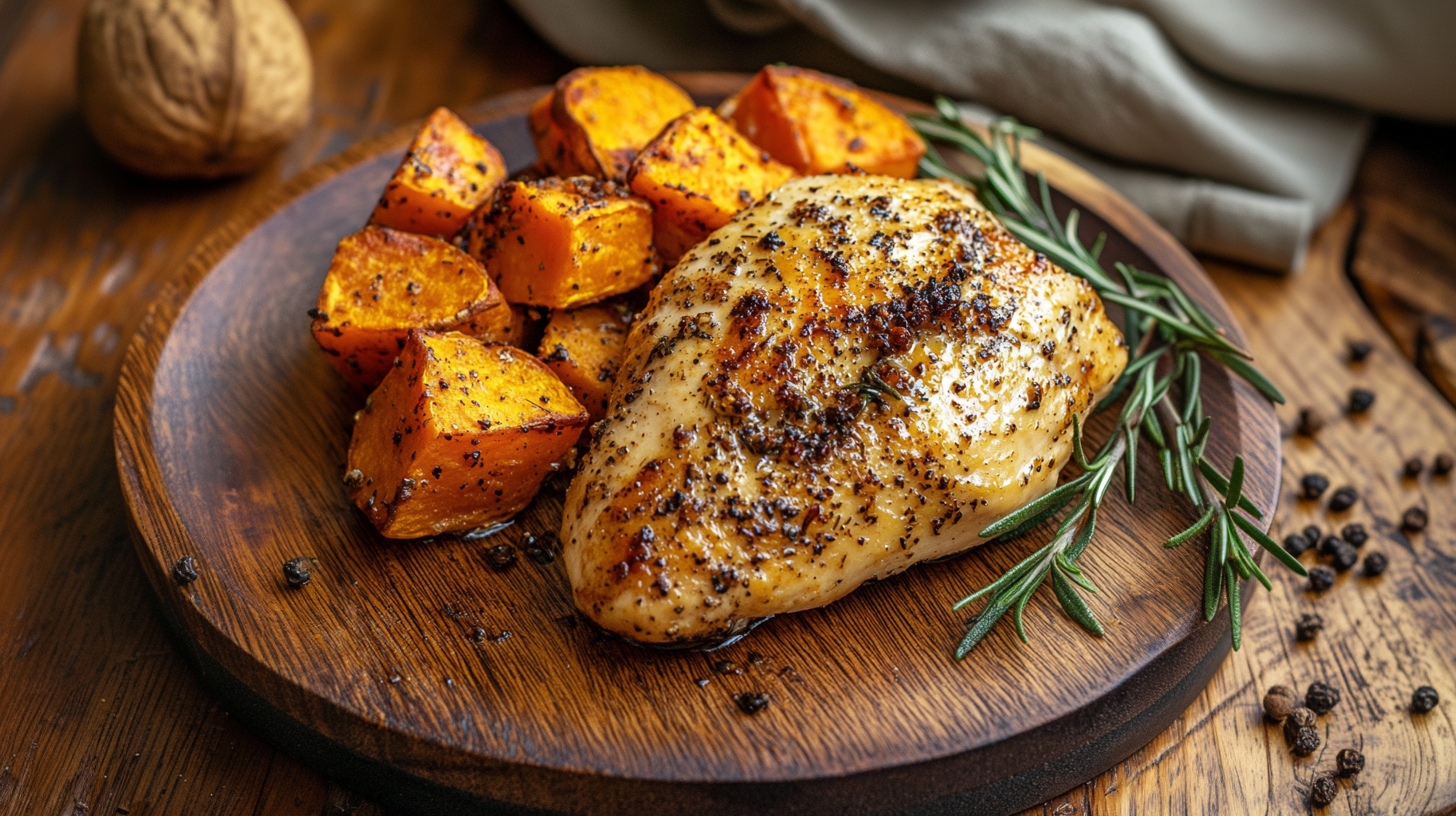
Eggs play a pivotal role in baking, especially in brownie. Whether you’re a seasoned baker or a beginner, understanding why you put eggs in brownies can significantly elevate your baking skills. This comprehensive guide explains the science behind eggs in brownies, their purpose, and potential substitutes.
The Role of Eggs in Baking
Eggs are a fundamental ingredient in countless recipes, including brownies. Their versatility and ability to combine various components make them indispensable. Here’s what they do:
- Binding: Eggs help hold the ingredients together, preventing the brownies from crumbling.
- Leavening: They incorporate air into the batter, creating a light and fluffy texture.
- Moisture: Eggs add richness and moisture, making brownies soft and fudgy.
- Flavor: Subtle egg flavors complement the cocoa and sugar in brownies.
Without eggs, brownies might lack structure and turn out dry or crumbly.
Why Do You Put Eggs in Brownies?
Binding the Ingredients Together
The primary reason why you put eggs in brownies is to bind the ingredients. The proteins in eggs coagulate during baking, holding everything together. This ensures:
- A firm but tender texture.
- Brownies that don’t fall apart when sliced.
Without eggs, the batter might not set properly, resulting in a disappointing texture.
Enhancing the Texture of Brownie
Eggs contribute to the smooth and velvety texture of brownie. Whether you prefer a chewy, fudgy, or cakey consistency, eggs play a crucial role:
- More eggs lead to a lighter, cake-like texture.
- Fewer eggs result in denser, fudgier brownies.
Adjusting the number of eggs allows bakers to customize the texture to their liking.
Adding Moisture and Richness
Eggs are rich in fats and water, both of which are essential for creating moist brownies. They enhance the flavor profile by:
- Balancing the sweetness of the sugar.
- Highlighting the chocolate notes in the cocoa.
For extra richness, some recipes use yolks exclusively, as they contain more fat than the whites.
The Science Behind Egg in Brownie
Coagulation and Structure
During baking, the heat causes egg proteins to coagulate, forming a solid matrix that traps air and water. This process:
- Provides structure to the brownies.
- Ensures they hold their shape while remaining soft and chewy.
Understanding this mechanism explains why you put eggs in brownies and how they contribute to the final product.
Emulsification for Smoothness
Egg yolks act as natural emulsifiers. They help combine water-based and fat-based ingredients, such as:
- Butter or oil.
- Milk or cream.
This emulsification creates a smooth, homogeneous batter, leading to perfectly baked brownies.
How Many Egg Should You Use in Brownie?
The number of eggs in a recipe depends on the desired texture:
- For fudgy brownies: Use 1–2 eggs. This creates a dense, rich texture.
- For cakey brownies: Use 3–4 eggs. The additional eggs add volume and lightness.
- For chewy brownies: Stick to 2 eggs and ensure the balance of fats and sugar is maintained.
Experimenting with different amounts can help you find the perfect balance for your taste.
Substitutes for Eggs in Brownies
Sometimes, you may need to substitute eggs due to allergies, dietary restrictions, or simply running out. Here are some effective alternatives:
Common Egg Substitutes
- Flaxseed Meal: Mix 1 tablespoon of flaxseed meal with 2.5 tablespoons of water per egg.
- Applesauce: Use ¼ cup of unsweetened applesauce for each egg.
- Yogurt or Buttermilk: ¼ cup per egg works well in brownies.
- Banana: Mash ½ a banana to replace one egg, adding a hint of sweetness.
Do Substitutes Affect the Texture?
While substitutes can replicate the binding and moisture functions of eggs, they may not provide the same texture. For example:
- Flaxseed creates denser brownies.
- Applesauce and yogurt result in moister but less structured brownies.
Keep this in mind when replacing eggs and adjust other ingredients as needed.
Tips for Using Eggs in Brownie
Room Temperature Egg
Using room temperature eggs ensures even mixing. Cold eggs can cause the butter or oil in the batter to solidify, leading to uneven texture.
Whisking Techniques
Whisking eggs thoroughly before adding them to the batter can improve the texture. This step:
- Ensures even distribution.
- Incorporates air for fluffier brownies.
Experimenting with Yolks and Whites
For richer brownies, you can use extra yolks. Conversely, if you prefer a lighter texture, reduce the yolks and add more whites.
Common Questions About Egg in Brownie
Can You Omit Eggs from Brownies?
Yes, but the results will vary. Substitutes can replicate certain functions, but brownies without eggs may lack the desired structure and texture.
What Happens If You Use Too Many Egg?
Using too many eggs can make brownie overly spongy and cake-like. It’s essential to balance the number of eggs with the other ingredients.
Final Thoughts
Eggs are the unsung heroes of baking, and understanding why you put eggs in brownies can elevate your dessert game. They bind, leaven, and add richness, creating the perfect texture and flavor balance. Whether you’re following a traditional recipe or experimenting with substitutes, knowing the role of eggs ensures your brownies turn out just right.
Why Do You Put Eggs in Brownies?
Eggs are a crucial ingredient in baking brownies, providing structure, texture, and richness. Without them, the resulting dessert might lack the chewy, fudgy characteristics we love. Understanding the role eggs play can help you better appreciate their function and even explore substitutions when needed.
The Role of Eggs in Brownies
1. Eggs Provide Structure
Eggs act as a binder, holding the ingredients together. The proteins in eggs coagulate when heated, forming a solid structure that gives brownie their shape. For tips on achieving the perfect texture, check out our guide on why brownies aren’t always chewy.
2. Eggs Add Moisture
Eggs contribute to the gooey texture by adding moisture. This is particularly important in recipes where dry ingredients like cocoa powder dominate. Learn more about enhancing the richness of your brownies with our brownie improvement tips.
3. Eggs Enhance Flavor
Eggs add a subtle richness that complements the chocolatey taste of brownies. For even more decadent brownies, try adding an extra egg as explained in our extra egg in brownie mix guide.
Egg Alternatives for Brownies
If you’re out of eggs or looking for a vegan option, there are several substitutes:
- Flaxseed Meal: Combine 1 tablespoon of flaxseed meal with 3 tablespoons of water for each egg.
- Applesauce: Use 1/4 cup of applesauce as a moisture-rich replacement.
- Mashed Banana: For a fruity twist, substitute one egg with 1/4 cup of mashed banana.
External Resources for More Baking Insights
- Science of Baking with Eggs – King Arthur Baking
- Egg Substitutes in Baking – Serious Eats
- Perfecting Brownie Recipes – Bon Appétit
Understanding why egg are vital in brownie helps you bake with intention and creativity. Whether you’re perfecting your recipe or exploring alternatives, eggs remain a cornerstone of the beloved brownie.
FAQs
1. Why are eggs essential in brownie recipes?
Eggs are crucial because they bind ingredients, provide structure, add moisture, and enhance the flavor of brownies. They help create the chewy and fudgy texture that makes brownies unique.
2. Can I make brownies without eggs?
Yes, you can make brownies without eggs by using substitutes like flaxseed meal, applesauce, or mashed bananas. These alternatives can replicate the moisture and binding properties of eggs.
3. What happens if I skip eggs in a brownie recipe?
Skipping eggs without a substitute may result in crumbly, dry brownies that lack structure and richness. Eggs play a vital role in achieving the desired texture and consistency.
4. Can I use egg substitutes in all types of brownie recipes?
Yes, most brownie recipes can accommodate egg substitutes. However, the results might vary depending on the substitute used and the specific recipe.
5. How does adding an extra egg affect brownies?
Adding an extra egg makes brownies more cake-like by increasing their structure and fluffiness. It’s a great option if you prefer lighter, less fudgy brownies.
6. What are the best substitutes for eggs in vegan brownies?
Popular vegan substitutes include flaxseed meal, chia seeds, applesauce, mashed bananas, and aquafaba (the liquid from canned chickpeas).
7. Are there any health benefits to using egg substitutes in brownies?
Using substitutes like flaxseed meal or applesauce can lower cholesterol and saturated fat content, making brownies slightly healthier while still delicious.
These FAQs provide readers with additional insights and solutions related to eggs in brownies. Let me know if you need further customization!





